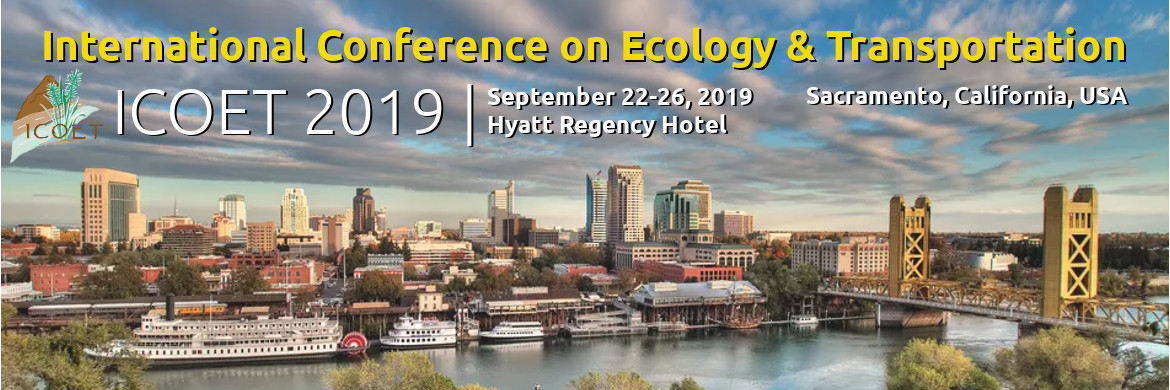Wildlife-vehicle conflict (WVC) is one of the most visible ecological impacts of transportation infrastructure. WVC can be defined as fatal or injurious incidents (for wildlife and sometimes drivers), traffic disturbance due to wildlife, or wildlife aversion to traffic, and all of these types of conflict accrue significant associated costs. Critical to mitigating WVC is having data available for analysis, and tools which assist in identifying statistically significant "hotspots." We describe two ways of collecting WVC data using (1) automated (collisions) and (2) semi-automated (carcasses) methods, and showcase (3) a free-to-use tool we developed which can highlight priority areas for mitigation. 1) We use an automated approach to collect traffic incident data from the California Highway Patrol, and store them in a local relational database. Periodically, stored queries extract records involving animals, and we report those incidents in real-time through a web-map tool (https://roadecology.ucdavis.edu/hotspots/maps). 2) The second method we employ for collecting WVC incidents data is by volunteer observers, who can now use a "one-click" web-app to contribute carcass data to a reporting website (https://www.wildlifecrossing.net/california). A user can use a smartphone to upload a geotagged picture to the data portal, which automatically reads the location and timestamp from the image file and creates an observation record which then becomes available for automated WVC hotspots analysis. 3) We describe the creation of an automated, real-time WVC hotspot analysis tool (https://roadecology.ucdavis.edu/hotspots), which is free-to-use by anyone wanting to develop a hotspots map. The tool was developed using data from four US states: California, Idaho, Maine, and Nevada, utilizing 72,317 WVC incidents and 44,040 centerline road miles. Any state or region can upload their own data to analyze incidents on their major roads and highways and so far ~40 users from 13 states have done so. The tool uses the statistical package R and geo-processing software to produce: robust spatial datasets, interactive web-maps, data visualization, and statistical summaries. This tool enables transportation planners, wildlife ecologists, and even individual drivers to gain awareness into WVC, empowering them to make informed decisions and implement mitigation measures to reduce incidents. We believe that this combination of automated WVC data collection, management, and analysis will lower the bar for impact analysis, cost analysis, and decision-support, all reducing the impacts of WVC.
Terrestrial Wildlife and Ecosystem Interactions with Transportation
Wildlife Vehicle Conflict
Hotspots
Roadkill Reporting
Web Informatics
